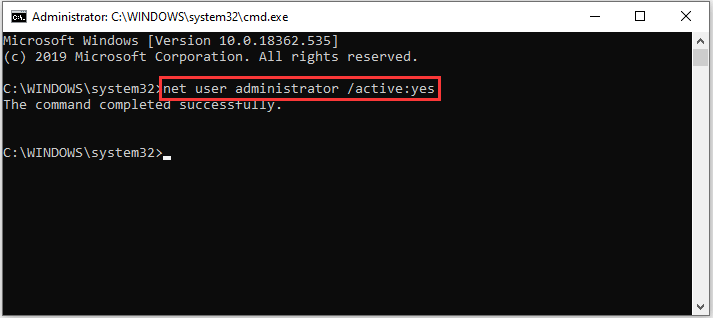


For example, as soon as you attach a Microsoft account, the ability to switch back to a local account disappears. Enable built-in administrator account using user management tool Go to Run > control userpasswords2 Go to Advanced tab and then click on Advanced button. How to Enable the Administrator Account in Windows using the Command Prompt Enable Windows Local Administrator Account. And although it's possible to work around those restrictions with some unsupported additional commands, the results can be unpalatable. No Windows Store apps will run, for example, and User Account Control is turned off. Then type net user administrator, where is the actual password you want to use for this account.īecause the local Administrator account is a special account, you can't use it for everyday activities in Windows 10. First, type net user administrator /active:yes and press Enter. To enable this account, open an elevated Command Prompt window and issue two commands. If you unintentionally demote, delete, or disable the last local administrator account, you can sign on in Safe Mode using the disabled Administrator account. Search for Command Prompt, right-click the top result, and select the Run as administrator option. Type the following command to enable the built-in Administrator account and press Enter: Get-LocalUser -Name 'Administrator' Enable-LocalUser.

Search for PowerShell, right-click the top result, and select the Run as administrator option. If you need to sign on to Windows from Safe Mode or the Recovery Environment, you can use the primary user account, which is a member of the local administrators group. To enable the Administrator account with PowerShell on Windows 11 Pro or Home, use these steps: Open Start.


 0 kommentar(er)
0 kommentar(er)
